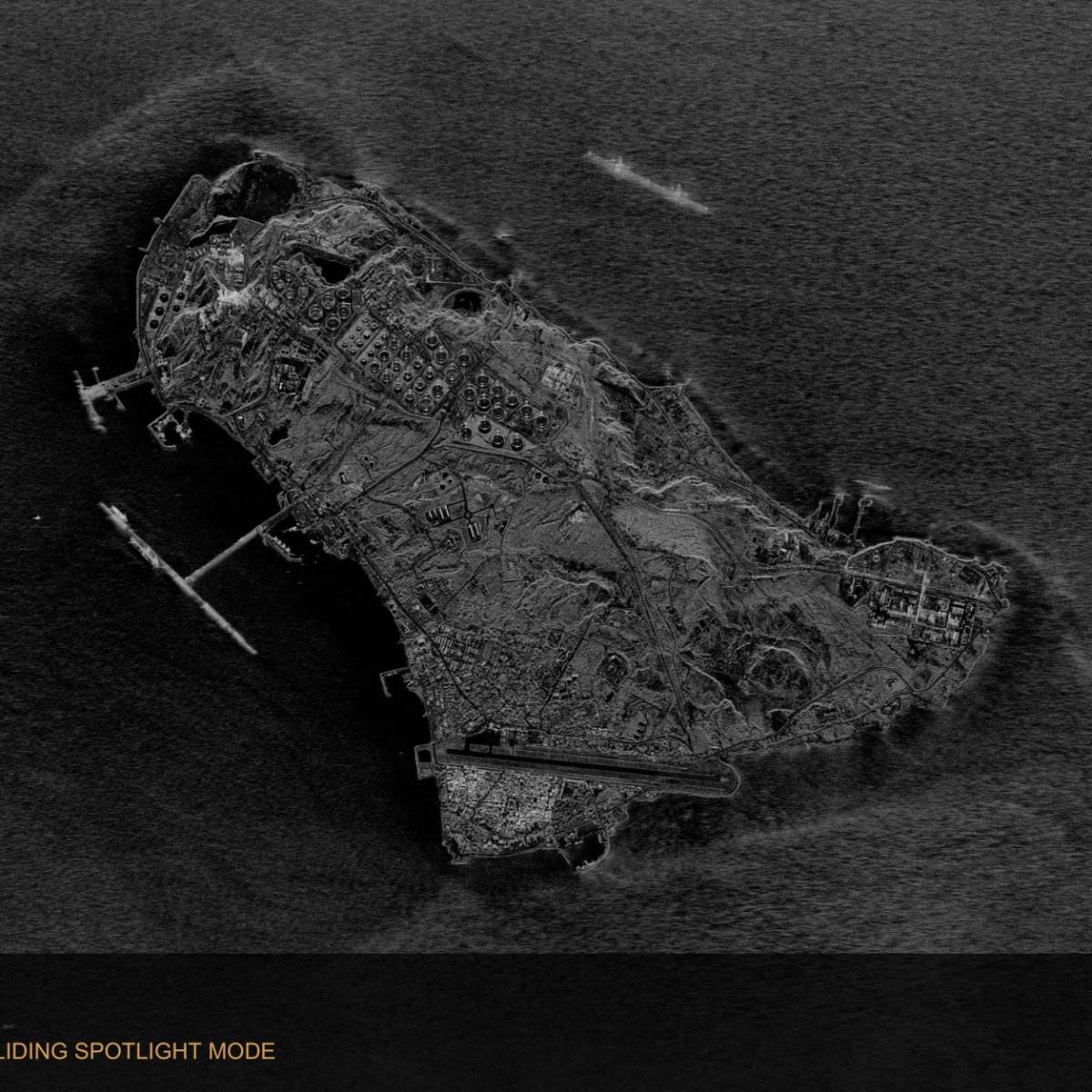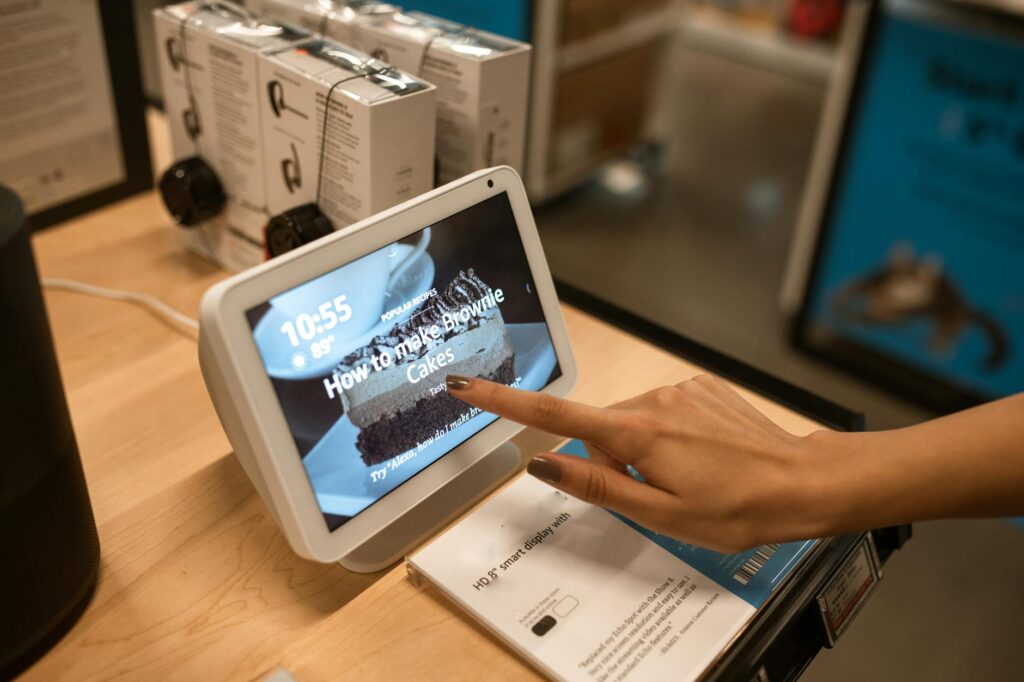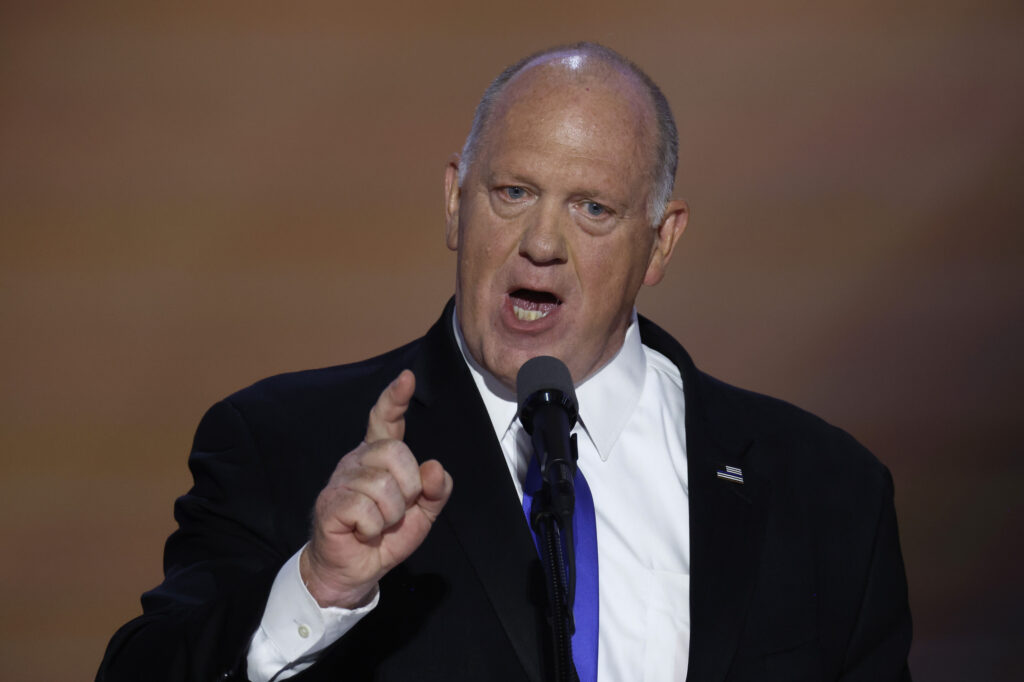U.S. eases export rules for space tech, but high-resolution radar satellites remain under tight control

Top Stories Tamfitronics

WASHINGTON The U.S. government last week announced a series of reforms to export control regulations for space technology exporters. However, the changes exclude space products that are in growing demand around the world such as high-resolution synthetic aperture radar (SAR) satellites.
At the heart of the issue is a technical specification that determines whether satellite technology falls under less restrictive Commerce Department oversight or much more stringent State Department weapons controls. Only SAR systems operating at 500MHz or less bandwidth will benefit from the relaxed rules a threshold that industry executives say is already obsolete.
Frank Backes, CEO of Capella Space, a California-based manufacturer and operator of SAR satellites, said the new regulations will benefit companies selling standard satellites and components. High-resolution SAR payloads still require licenses under the International Traffic in Arms Regulations (ITAR).
“There’s not a significant commercial operator today on the planet that operates at 500 MHz or below,” Backes told SpaceNews. The company’s current satellites provide 600 MHz resolution, with plans to upgrade to 1,200 MHz the same capability already achieved by competitors Umbra in the U.S. and Iceye in Finland.
Top Stories Tamfitronics Global race for space assets
U.S. companies like Capella see export restrictions for high-resolution SAR as a competitive disadvantage as more countries seek to develop their own space capabilities. The war in Ukraine has been a wake-up call for many nations about the strategic value of satellite technology, particularly high-resolution radar imaging that can peer through clouds and darkness.
“The lesson for many nations is that if they don’t have their own space assets, they’re going to be at a disadvantage if anybody does decide to attack them,” James Crawford, chairman of remote sensing company Orbital Insight, said Oct. 21 at the Satellite Innovation conference in Mountain View, California.
“Is it really necessary for 100 countries to each have their own dedicated satellite constellation? I don’t know, but it seems like that’s where we’re going, said Crawford.
Top Stories Tamfitronics Competition conundrum
For potential buyers like Japan, the regulatory hurdles created by U.S. export controls could make alternatives like Finlands Iceye SAR satellites more attractive. U.S. companies selling advanced SAR systems must still navigate the complex International Traffic in Arms Regulations (ITAR) process, requiring both specific licenses and country-to-country agreements.
The new reforms do offer some relief, particularly for trusted allies. The Commerce Department has removed licensing requirements for certain remote sensing satellites and spacecraft components intended for the “Five Eyes” intelligence alliance members (UK, Canada, and Australia) and Western European partners.
Top Stories Tamfitronics The China factor
Industry experts suggest that U.S. policymakers are beginning to recognize the strategic implications of overly restrictive export controls. Alex Greenberg, co-founder of space infrastructure company Loft Orbital, said that if U.S. companies can’t meet global demand for space technology, Chinese firms will step in to fill the void.
“If it’s not U.S. companies with a footprint there, it’s going to be China,” Greenberg said at the Satellite Innovation conference. “And so that’s the reason why a lot of that policy is getting relaxed, and there’s more of a willingness to push American companies abroad.”
Top Stories Tamfitronics Signs of progress
Despite the limitations, industry leaders see some positive developments. Backes highlighted improved cooperation with government regulators, including faster processing of ITAR requests and more open dialogue. The public comment period for the new rules runs until November 22, giving companies like Capella Space an opportunity to push for further reforms.
U.S. satellite manufacturers are particularly eager to access emerging markets in the Middle East, Asia Pacific, Africa, and South America. “There’s a lot of customers in the market beyond Europe that actually need and want to have SAR,” Backes said.
“The new rules are appreciated and long overdue,” he said. “But theres still work to be done. While U.S. space companies see growing demand for advanced systems, many are hindered by regulations that dont fully account for todays global commercial capabilities.”

Sandra Erwin writes about military space programs, policy, technology and the industry that supports this sector. She has covered the military, the Pentagon, Congress and the defense industry for nearly two decades as editor of NDIAs National Defense…More by Sandra Erwin
Discover more from Tamfis Nigeria Lmited
Subscribe to get the latest posts sent to your email.



 Hot Deals
Hot Deals Shopfinish
Shopfinish Shop
Shop Appliances
Appliances Babies & Kids
Babies & Kids Best Selling
Best Selling Books
Books Consumer Electronics
Consumer Electronics Furniture
Furniture Home & Kitchen
Home & Kitchen Jewelry
Jewelry Luxury & Beauty
Luxury & Beauty Shoes
Shoes Training & Certifications
Training & Certifications Wears & Clothings
Wears & Clothings
















